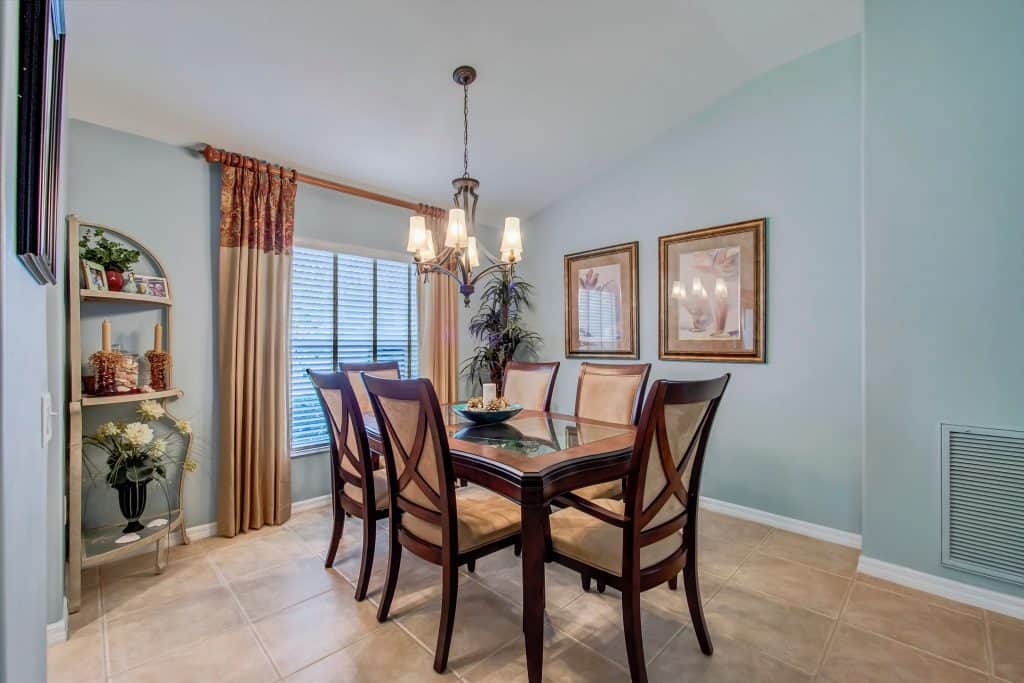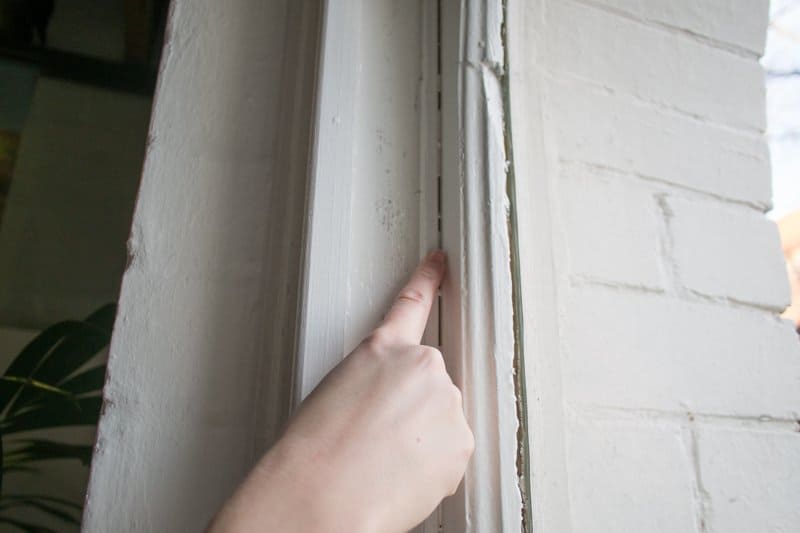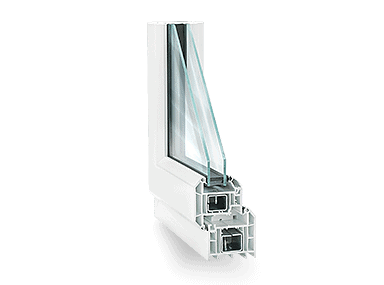Are you looking to reduce the noise coming through your window?
I recently moved to a new apartment. The place is good, located in a relatively busier ergo noisier area from my previous apartment. I mostly use to work from home and the noise is a major distraction. So, I decided to
When I was on it, I discovered windows plays a significant role in letting the sound into the room.
At first, I was struggling to find a cheap and easy way to do it.
After some trial and error, I was finally successful in making my windows soundproof.
Here, I am sharing some working methods for you to have a quieter environment in your room.
Things You Will Need: At a Glance
Advantages of Soundproofing Windows
Before starting to work on your window to block the noise, you should consider the not-so-obvious benefits of doing it.
- Good sleep: You should not sleep in a noisy bedroom. Your nervous system still reacts to sound in your sleep. Therefore, it can force you from a deep sleep to a lighter stage. If you are a shift worker then while soundproofing your window, you can also work on blocking the light for your afternoon sleep.
- Energy saving: Most methods included in this article will also provide an energy efficient environment for your room. Windows lead to a significant amount of energy leakage. Your air conditioner or heater
need more power to do their work if windows are allowing heat to pass through.
- Health benefits: Research has shown that, if you live near a road, you’re at risk for hypertension and heart attack. Continuous exposure to sound contributes to stress. Therefore, part of healthy living is making your space as quiet as possible.
- Additional security: As I said earlier, windows are the weakest spot in your room. Soundproofing the windows also mean making it difficult for burglars to enter your house. You will also be saved from any kind of weather damage.
Now that we know why soundproofing a window is so essential—Without any further ado, let’s jump and see you can do it too.
Easy Methods to Soundproof a Window
1. Change Furniture Arrangement

If you don’t want to spend any money, then rearranging the furniture will minimize your problem.
Sound travels through air, each time it hits an obstacle, some part of it bounces off. By adequately arranging your furniture, you have more objects between your sitting/sleeping position and the window. It will block some amount of noise from entering your room.
You can put your bookshelf or closet in front of the window to block it entirely. By doing this you will also be blocking the path for air and light.
Having soft and uneven surface in the path of sound will also help.
Frankly, I don’t expect any miracles to happen by implementing this method. For more efficient sound reduction, I recommend you to use the below DIY methods.
2. Seal The Window Gaps

If you are okay with refurnishing your window, then you should start with sealing the gaps.
There tend to be some gaps around the window. Sometimes they are present between the wall and the frame. Sometimes it might be between the window glass and the frame. Wherever the gaps are, they lead to a significant amount of sound and energy leakage.
When I was working on soundproofing my window, I came across this insulating sealant. It works amazingly with gaps around the window. It is foam based and expands to seal the gaps after application. Follow the below steps to use this sealant and also save your window from having an ugly look.
- First, check where are the gaps and mark them with a pencil.
- Use the sealant can spray in the gaps slowly.
- Let it dry.
- Use sandpaper to smooth the surface. Do it gently, we don’t want to reopen the gaps.
- Now, paint over it to make your window look natural.
Another thing you can use to seal the window is a weatherstripping tape. It is a self-adhesive seal strip.
This tape is generally made of foam, rubber or silicone. Depending upon the weather conditions in your area and the amount of friction present while sliding the window, you should make your preference with which type of tape you want to use.
In my experience, silicone tape is the best bet for any conditions mentioned above. Many of my colleagues got inspired by me and soundproofed their room. They suggested using this silicone tape for sealing the window gaps.
Follow this procedure for best results:
- First, clean the surface and sliders with a window cleaner/detergent.
- Dry it using a cloth.
- Measure the dimension of your window where you want to apply the tape. (Use the sealing tape itself to measure and cut it in proper dimension.)
- Apply the tape removing the plastic coating revealing the sticky surface.
Watch this video below to get a better idea about applying the weatherstrip.
You can also use this window insulator kit. It comes with a variety of materials. It will seal the gaps and also provide you with additional thermal insulation. You can use this kit on 3 to 5 windows.
3. Use Soundproof Blankets or Curtains
If you want an effective and easy method, using a soundproof blanket is a reliable and easy method. It also eliminates the echo coming from inside the house.
You can use moving blankets also known as soundproof blankets by hanging them above the window. You will need a curtain rod for that. Moving blankets are usually made of heavy layers of dense materials, making them excellent material to help reduce reducing sound.
If you can spare some more money then getting a soundproof curtain with grommets is a better idea. It will be easy to hang and remove the curtain using hooks or curtain rod. It will also make the look of your room appealing.
Also, the thick material blocks most of the sunlight from entering the room. It will be helpful in your afternoon naps if you are a shift worker. Also while watching movies in a closed room, these curtains will provide you the feel of a theater with less disturbing noises.
Although this method works very well, I would suggest using it in combination with some other techniques for even better results.
4. Use Thick Material Blinds
If you don’t want to eliminate the incoming light from the window, then use a material bind.
Unlike soundproof blankets, these blinds aren’t made of thick materials. Instead these are creatively designed to absorb sound. It helps in reducing the noise and also let the light pass through them.
I used this blind for my office window. Since I didn’t want complete darkness in my office, using this blind helped a lot. It eliminates the echo from the inside and dampens the outside noise.
These shades are available in multiple dimensions. You can measure your window’s dimension and then choose accordingly. It is also easy to install and you don’t have to worry about enormous construction around the frame.
Providing a sense of privacy, these shades are effective when you have sealed the gaps and insulated the window. They work as a great add-on to other soundproofing methods.
5. Use Acoustic Panels
Another way similar to using soundproof blankets is by using an acoustic panel.
These panels are made for soundproofing. They are thicker and bulkier providing excellent sound absorption. I found this acoustic panel to work for many people.
These panels also have an uneven surface which helps to stop echo in your room. Grommets are provided so that you can hang them on hooks. The only downside with these panels is that they don’t look very aesthetically pleasing. If that’s not an issue for you, then you should surely go for it.
Keep the panel as close as possible to the window for best results.
You can also use an acoustic foam to cover your window. I found this foam on Amazon, and it will serve the purpose. They work similar to the fiberglass panel and are little lighter than them.
Make sure to cover the window entirely so that there is no sound leakage.
6. Get Multi-Pane Windows
If you can spare some cash then getting a multi-pane window is the best thing to do.

Multi-pane windows are made
It has an air gap between two panes of glass. This air gap works as an insulator dampening the bombarding sound on outer pane.
These windows are also helpful in a vast amount of energy saving. The reason is that the double/triple glass allows the internal temperature of the room to remain constant. The heat from outside will not enter your room. Therefore, your air conditioner can work more efficiently.
Similarly, in winter, the heater will be using fewer energy resources since the heat won’t be leaking out of the house.
Replacing the whole window is a big step to take. Therefore, you should call a professional to replace your window. When you are on it, make sure no gaps are left around the window. Even a small gap can lead to inefficient soundproofing.
Replacing your old window with a multi-pane window is an excellent choice to make your room soundproof. This is the most efficient way with some added advantages.
7. Add an Extra Layer Over The Window
If you don’t want to replace your window, then you can add an extra layer of glass/acrylic over it.
Adding an extra layer of glass over the window will give you similar results as a multi-pane window. You will also have natural light coming in since the additional panel is transparent.
To make this method work, you have to build a metal frame similar to your existing window. This frame will hold the acrylic glass panel.
You can use this window soundproofing kit to reduce some work. It comes with angles and a magnetic strip to make the frame and put up the glass panel. (The package does not contain the glass panel). It’s better to buy the panel from a local hardware store; by doing this, you can get it with exact dimensions as of your window.
When doing this you have to make the system airtight, else all your hard-work might go in vain. If you are good with building stuff, then you can do it. It is always better to hire a professional if you are not that confident.
If done precisely, this method will help you reduce 30 to 40% of the noise. In combination with some other methods you can eliminate most of the sound.
8. Block the Window
If none of the above methods seem to work great for you, then you might consider blocking the window entirely.
If you have any source (apart from the window) for getting fresh air in your room, then you can consider this option. By removing the window and filling up the cavity, there will be no space for sound to get in.
But, keep in mind that windows are present in your room for a purpose. They provide you fresh air, sunlight and maybe a beautiful view outside. By blocking the window, you will also be barring these essentials. So, if and only if you have a secondary source for air and light you should opt for this solution.
- Begin with removing the window frame.
- Put a plywood piece at one end of the window.
- Stick it there with wood glue.
- Spray a foam sealant in the empty area in front of the plywood.
- Cut drywall with the same dimensions of the cavity.
- Fix the drywall using glue or nails.
- Put some plaster over it and smooth the surface.
- Paint with matching color of the wall to get a seamless view.
If getting rid of the window does not seem feasible to you then you can create a temporary plug for your window.
Make a DIY Plug For Soundproofing Existing Windows
If you want to do a fun DIY project then making a window insert also known as plug is the best option to soundproof your window.
A window insert is an airtight frame. You can put it up whenever you want and remove it when not necessary.
Sponge and foam are good sound absorbers. For a small sized window you can use them easily. Whereas, for a large window I would suggest making a plywood support with handles. It will help you put and remove the plug effortlessly.
Another benefit of making a window insert is blocking the light whenever you want. So, if your window has facing towards sun for most of the time or there are too many artificial lights across the street. You can get rid of any disturbance by simply putting the plug over the window.
What You Will Need
I have created a list of items you will be needing to make your own plug.
- Plywood or wooden board
- Acoustic foam
- Pull handles
- Glue
- Drywall saw
- Knife or cutter
- Measurement tape
- Nails and hammer
The above-mentioned items should be sufficient for making a soundproof plug. Although if you need anything else like paint or something, feel free to use it. After all, this is your DIY project, use your creativity.
How to Make a Noise Reduction Window Insert
Follow this step-by-step guide:
- First, take the measurements of your window using a measuring tape.
- Put these measurements on the wooden board.
- Cut the wooden board in proper dimension. Remember, cutting it slightly larger won’t affect anything but cutting it smaller will result in gaps.
- Now, cut the foam in the same dimension as the wooden board.
- Put some glue over the board and stick the foam on it.
- Next, place the plywood on
ground (foam side down) and put some weight over it. It will fix the foam permanently. - One done, put the pull handles on proper distance from each other. You should feel comfortable while lifting the plug.
- Fix these handles using
nail ora strong glue.
When completed, you can use this plug whenever you want. In case if the plug is slightly larger the window, use a knife or sandpaper to make remove extra material.
If you have similar windows in your home, you can use the plug in whichever room you want, or even replicate it for having one for each window.
These plugs will also be helpful in case of bad weather. Put some soundproof/waterproof paint on the plywood to prevent it from getting damage due to water.
Soundproof Existing Windows Easily With These Affordable Noise Reduction Tips
I hope you found answers to all your queries in this article regarding eliminating noise from your window.
Select a method according to your need and budget.
If you need any assistance feel free to comment down below. I will try to get back to you as soon as possible!
